[MEDICINE]
BURGHART, Gottfried Heinrich
ZUM ALLGEMEINEN GEBRAUCH WOHLEINGERICHTETE DESTILLIER-KUNST.
Breslau (Breslau), Korn, 1736, 8 k., pp. 402,19 sheets (Register); 6 k. plates; format 10.5x17.5 cm.
First edition, published in Breslau, of a work by the Breslau physician Burghart Heinrich Gottfried (1705-1771), covering a power of recipes and prescriptions, from the child of medicine, pharmacy, but also alchemy and goldsmithing or household.
The work is divided into 3 parts:
In the first part you will find the necessary equipment needed for distillation processes.
In the second, 12 chemical processes are described, through which you can prepare, for example, distilled water, brandy, water of life "Aquaviate", rose oil, other oils and essences.
The third part describes between 40 recipes whose main ingredient is sugar, including jams, marmalade, juices, syrups, etc.
The whole is complemented by six tables that show alchemical symbols, furnaces and equipment that were needed for the above-described processes.
Among the entries one can find: amber, fire powder - a precursor to matches, opium, pills, tobacco, wines, medicines, potions, alcohols, including for various ailments, etc. the table of contents is almost 40 pages long
"Burghart Heinrich Gottfried (1705-1771), was born in Dzierżoniów (Reichenbach) on July 5, 1705. In 1720, at the age of 15, Heinrich Gottfried was sent to the St. Elisabeth Gymnasium in Breslau. In 1725, he went at his father's behest to Mieroszow (Friedland), where he assisted a certain expert chemist for a year. He spent the next year at the side of a surgeon from Dzierżoniów, learning how to dress wounds, put together broken limbs and other activities, while acquiring medical knowledge under his father's guidance. In 1727, he traveled to Frankfurt on the Oder River, where he studied medicine, listened to lectures on philosophy, mathematics, anatomy, history and fine arts, and furthermore excelled in drawing and painting for his own pleasure. He received his doctor of medicine degree in September 1730 on the basis of his thesis "De termino pubertatio."
He began practicing medicine there and soon gained fame by successfully treating several hopeless cases. When in 1731 he received news of his father's serious illness and traveled to Dzierżoniów. Soon after his arrival, his father recovered, but he himself fell ill and was bedridden for many months, and did not recover until 1732, after treatment in Ladek. At that time his parents decided that he should open a medical practice in Breslau, where they owned a tenement house, where he settled in 1734. He quickly found in Breslau not only many patients, but also a host of friends, while access to numerous libraries, natural history cabinets and art collections allowed him to develop his scientific interests. He rarely stayed in the city for more than three months, however, as he traveled to the mountains at least twice a year for the sake of his health. In 1736, he wrote down the observations of plants, animals and rocks he had collected in 1733- 35, during his repeated stays on Sleza, and published them in the book "Iter Sabothicum." In the same year, he also published the extremely popular chemical work "Destillierkunst" and the first volume of the scientific journal "Medicorum Silesiacorum Satyrae," which in a short time won many readers.
In March 1743, Frederick II appointed him professor at the Royal Grammar School in Brzeg (Brieg). In 1744 he published a description of the hot springs of Ladek and their healing properties. A year later, together with secret counselor Franck, he was part of a commission to investigate the royal mines in Zloty Stok (Reichenstein) and Silver Mountain (Silberberg). In 1748, in a similar capacity, he investigated the possibility of reviving the declining bullion mining industry in Upper Silesia, studying the quality of lead and silver ores in the vicinity of Tarnowskie Góry (Tarnowitz). He taught mathematics and natural sciences at the Brzeg Gymnasium, and although teaching was his main occupation, he was still a practicing physician and made efforts to combine the efforts of all Brzeg physicians for the benefit of patients. He was a member of the Imperial Royal Scientific Society in Olomouc, and in March 1756, recommending himself and becoming the third naturalist to take the nickname "Zosimus," he was accepted as a member of the Leopoldina-Carolina Academy of Naturalists. For a number of years he collected case descriptions of rare diseases, compiled biographies of Silesian naturalists and Silesian bishops, and also translated chemical, medical and numismatic works into German. He died on July 16, 1771 in Brzeg." Source: Upper Silesian Natural Heritage Center Materials Studies Volume 3, Mirosław Syniawa Biographical Dictionary of Silesian Naturalists Part, Katowice 2000
VERY RARE!
HARDCOVER WITH PERIOD PARCHMENT BINDING
Condition DB/ missing pp: 187-192, 207/208, 383/384 and 387/388, minor traces of insect, small pale trace of margin flooding on early k., nevertheless piece well preserved



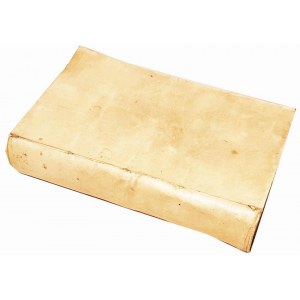
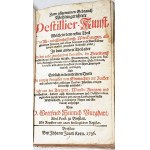
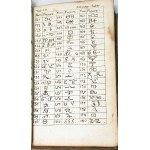


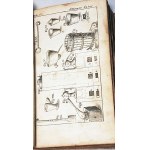







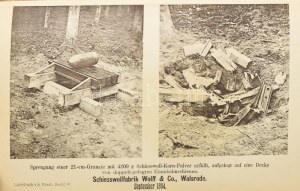
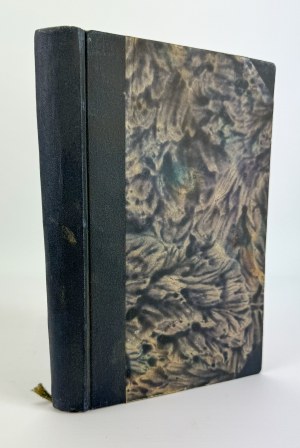
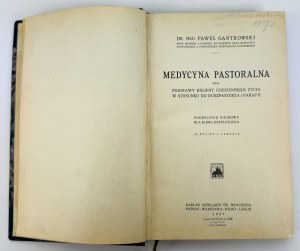
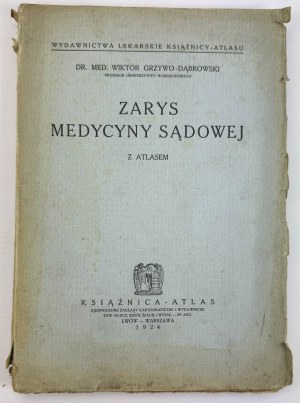
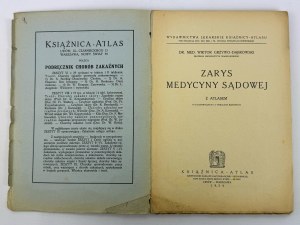
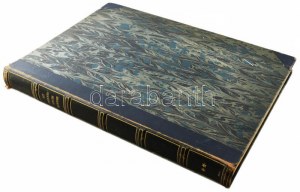
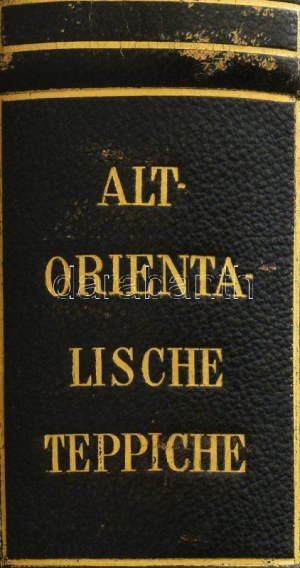
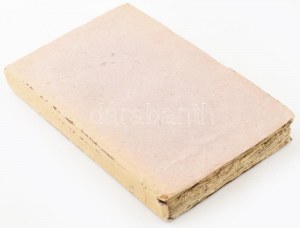

![Geist-Jacobi, G[eorge] P[ierce]: Geschichte der Zahnheilkunde vom Jahre 3700 v. Chr. bis zum Gegenwart. Tübingen 1896...](https://img1.one.bid/img/6570/1845590_1x.jpg?1712700000)
![Geist-Jacobi, G[eorge] P[ierce]: Geschichte der Zahnheilkunde vom Jahre 3700 v. Chr. bis zum Gegenwart. Tübingen 1896...](https://img1.one.bid/img/6570/1845590_2x.jpg?1712700000)



